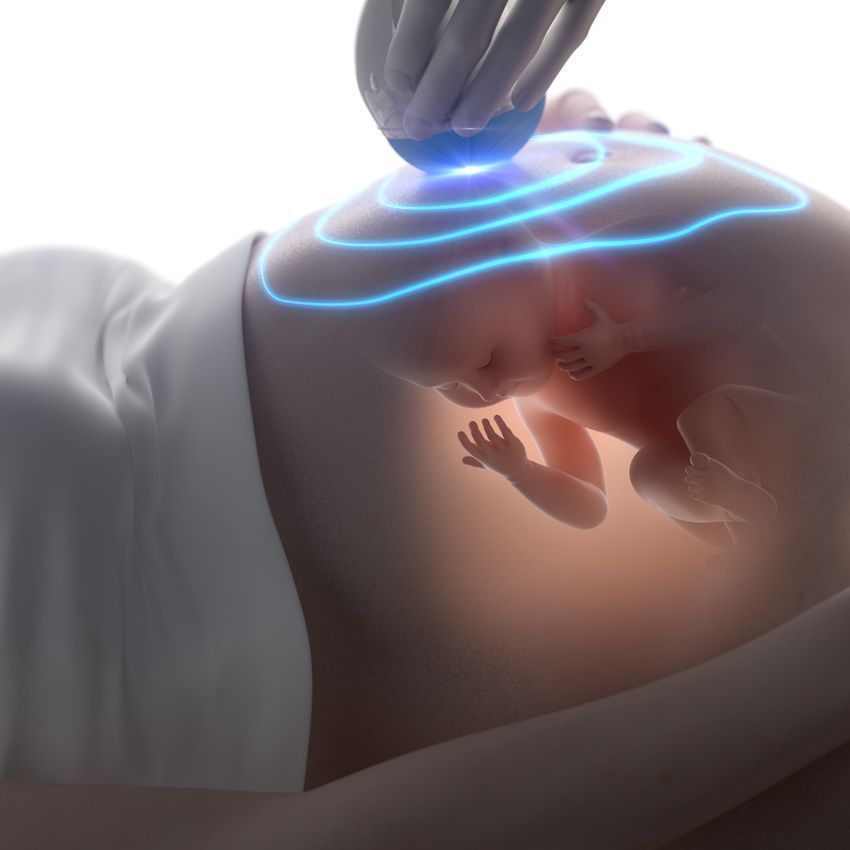

Everything You Need to Know about Rotator Cuff Injuries


A rotator cuff injury can make life miserable. This shoulder injury can interfere with nearly every aspect of your life. Simply raising your arm to comb your hair, put on a shirt, perform certain aspects of your job, take care of your family or play your favorite sport can cause terrible shoulder pain.
Rotator cuff injuries prevent millions of people from using their arms freely and without pain. In fact, rotator cuff pain sent nearly 2 million people to the doctor in 2013, according to the American Academy of Orthopedic Surgeons.
Anatomy of Your Rotator Cuff and Rotator Cuff Injuries
Your rotator cuff is a group of muscles and tendons that surround the bones of your shoulder. The muscles of your rotator cuff help you raise and rotate your arms. Tendons are a type of strong tissue that attaches your muscles to your bones. Together, the muscles and tendons of your rotator cuff help hold the top of your upper arm bone in the shallow socket of your shoulder blade.
Injuries to the rotator cuff can affect the muscles and tendons of the shoulder. Inflammation or irritation of a tendon, known as tendinitis, is one of the most common rotator cuff injuries. Partial or complete tears can develop in the tendons, which mean that the tendon no longer attaches the muscle to the bone. Torn tendons often begin by fraying and, as the damage increases, the tendon can tear completely when lifting a heavy object or even when doing an everyday task.
Bursitis is another common rotator cuff injury. Bursitis causes inflammation of the bursae, which are small fluid-filled sacs that reduce friction where bones meet to form a joint. Your shoulder joint contains several bursae that can become inflamed and cause rotator cuff pain.
Rotator cuff injuries are often the result of wear and tear from daily activities. This type of injury usually develops slowly. A rotator cuff injury can also happen suddenly as the result of falling on your arm or lifting something heavy.
Bone spurs can cause shoulder pain. A bone spur is an outgrowth of bone that can develop along the edges of a bone. Bone spurs often occur in joints and in places where tendons attach to the bones. Rubbing against a bone spur can irritate and fray tendons in the rotator cuff, causing pain or even a tear.
Symptoms of a Rotator Cuff Injury
Symptoms of a rotator cuff injury may be mild or severe. The most common symptoms of rotator cuff injury include:
- Pain in the shoulder that many people describe as a dull ache
- Poor sleep resulting from pain, especially if you lie on the affected shoulder
- Pain or difficulty with tasks that require moving your arm above your head or behind your back
- Arm weakness
Symptoms associated with wear-and-tear rotator cuff injuries often develop slowly, whereas symptoms of rotator cuff injuries resulting from falls or heavy lifting tend to appear quickly.
Risk Factors for Developing Rotator Cuff Injuries
Certain factors increase your risk of experiencing a rotator cuff injury. Your risk for rotator cuff injuries increases with age. In fact, rotator cuff tears are most common in people over the age of 40, according to Mayo Clinic. A family history of rotator cuff problems is also a risk factor for rotator cuff injuries.
Repetitive arm movements increase the risk of rotator cuff injuries. Playing certain sports that require repetitive arm movements, such as baseball and tennis, increase the risk of rotator cuff injuries. Working in construction, house painting, carpentry and other jobs that require repetitive arm motions, particularly overhead arm motions, can cause wear and tear to the rotator cuff.
Diagnosis and Treatment of Rotator Cuff InjuriesEnter heading here…
Diagnosis begins with a thorough evaluation of the shoulder and a review of your medical history. The doctor will check your shoulder for deformities, assess the range of motion in your shoulder by having you move your arm, and test your arm strength.
Imaging helps doctors determine the underlying problem. X-rays help doctors see bone spurs causing irritation or tears in the tendon. Magnetic resonance imaging (MRI) and ultrasound help doctors see soft tissue problems, such as tears in the tendons. MRI and ultrasound can show the location of the tear and provide other details, such as the size of the tear.
The goal of treatment is to reduce pain and improve movement in the shoulder joint. Non-surgical treatment, such as rest, pain relievers, physical therapy and steroid injections, work for about 80 percent of patients with rotator cuff pain.
Surgical treatment may be appropriate for cases where non-surgical treatment fails to ease pain and improve function. Surgical treatment focuses on reattaching a torn tendon to the bone.
Imaging helps doctors and surgeons determine if treatment is working.
If you think you have a rotator cuff injury, consult with your doctor. Early diagnosis and treatment can improve your outcome, and get you back in the action again.






